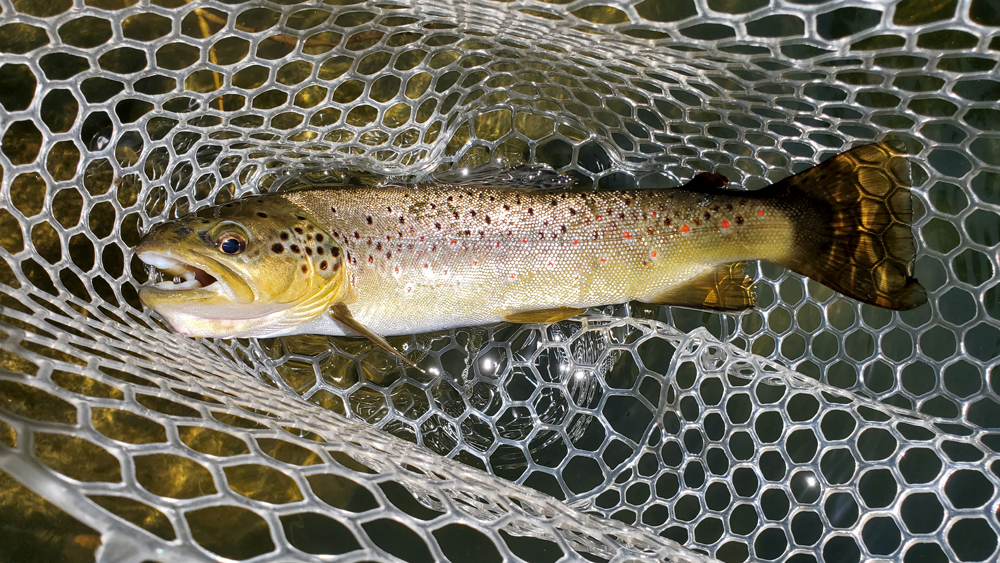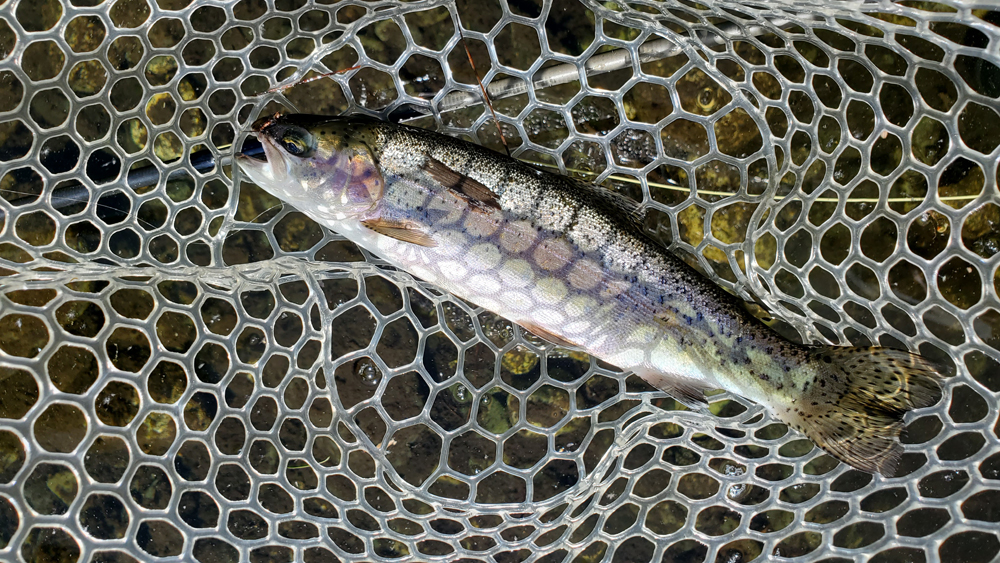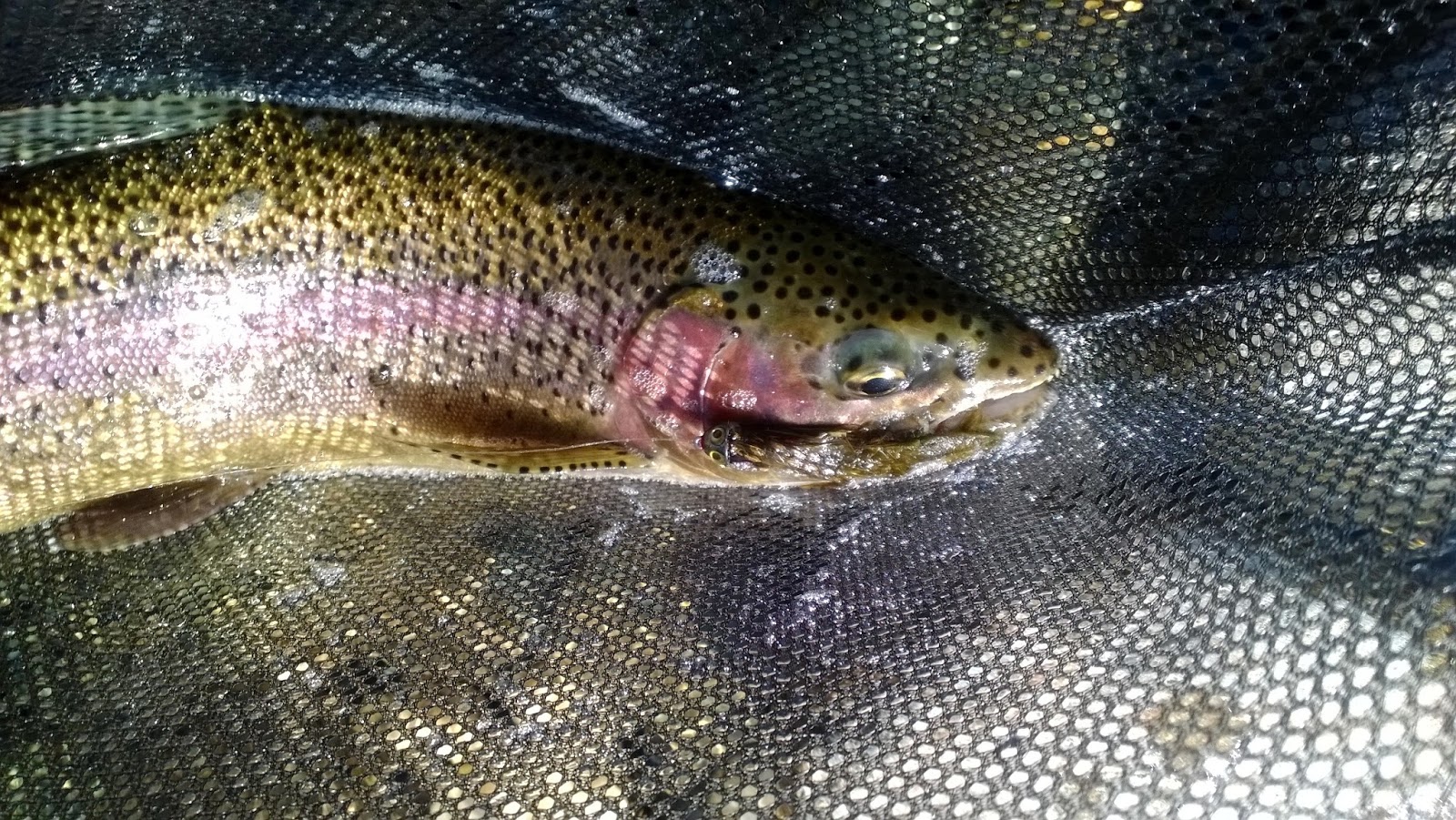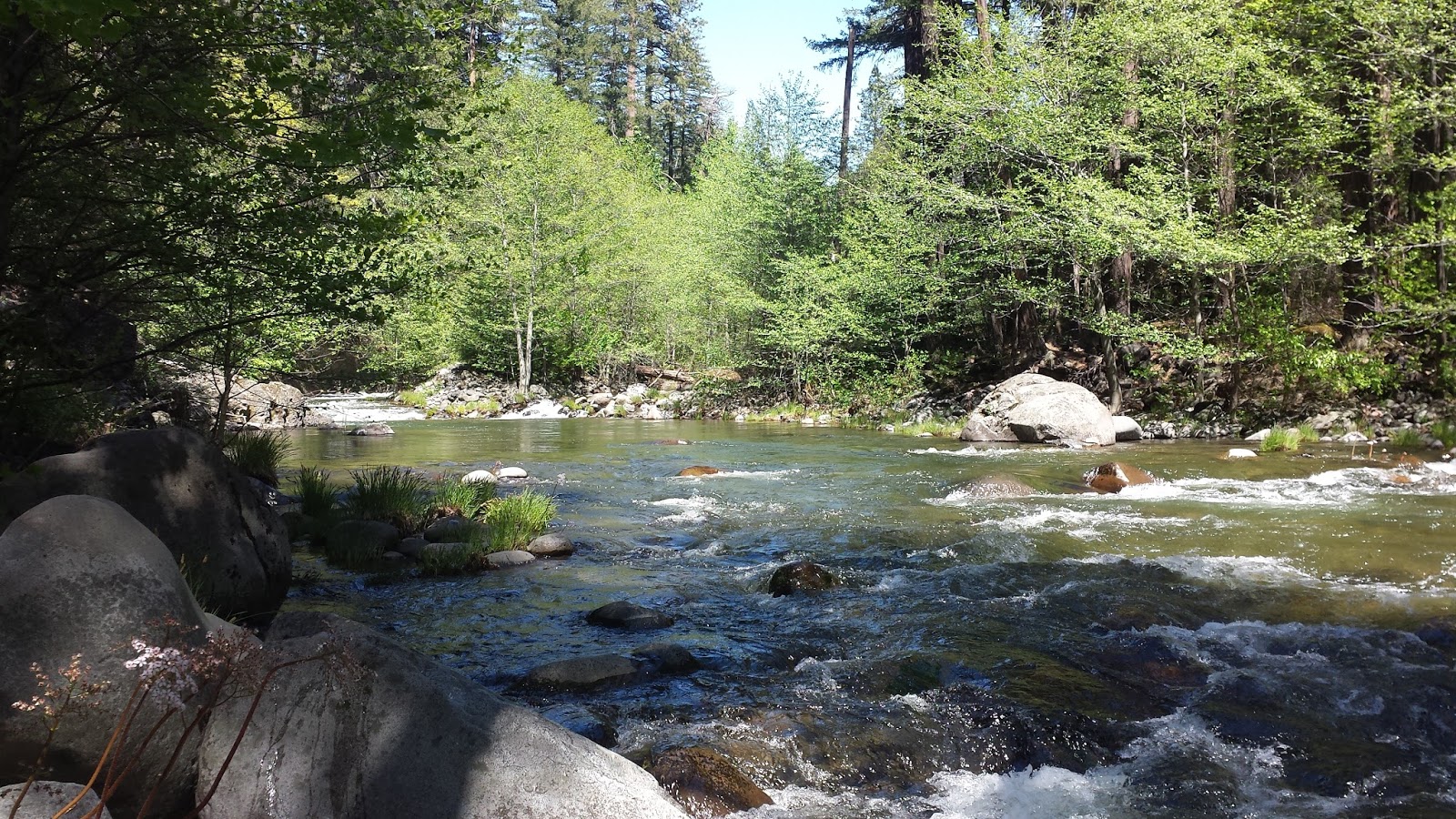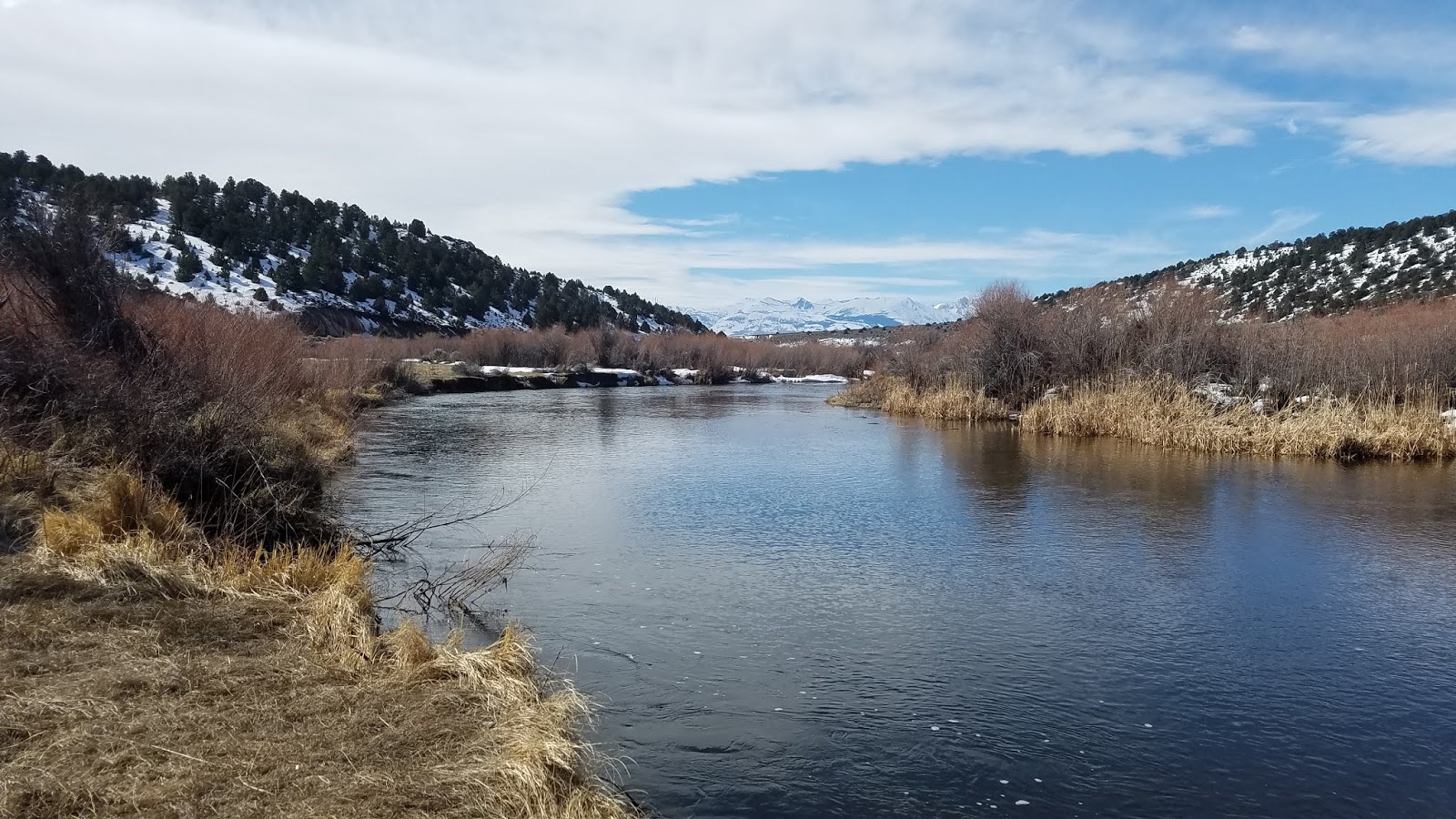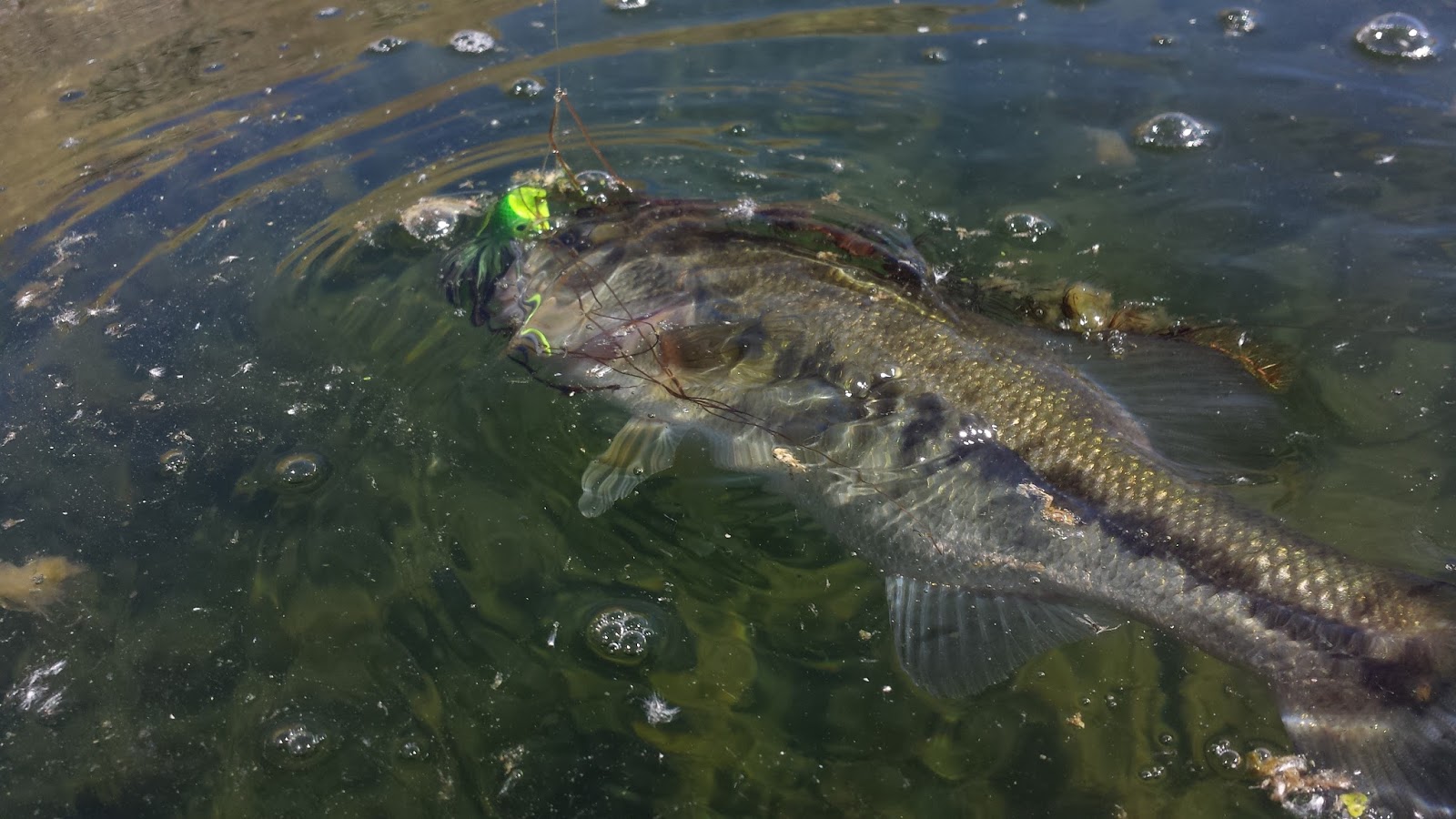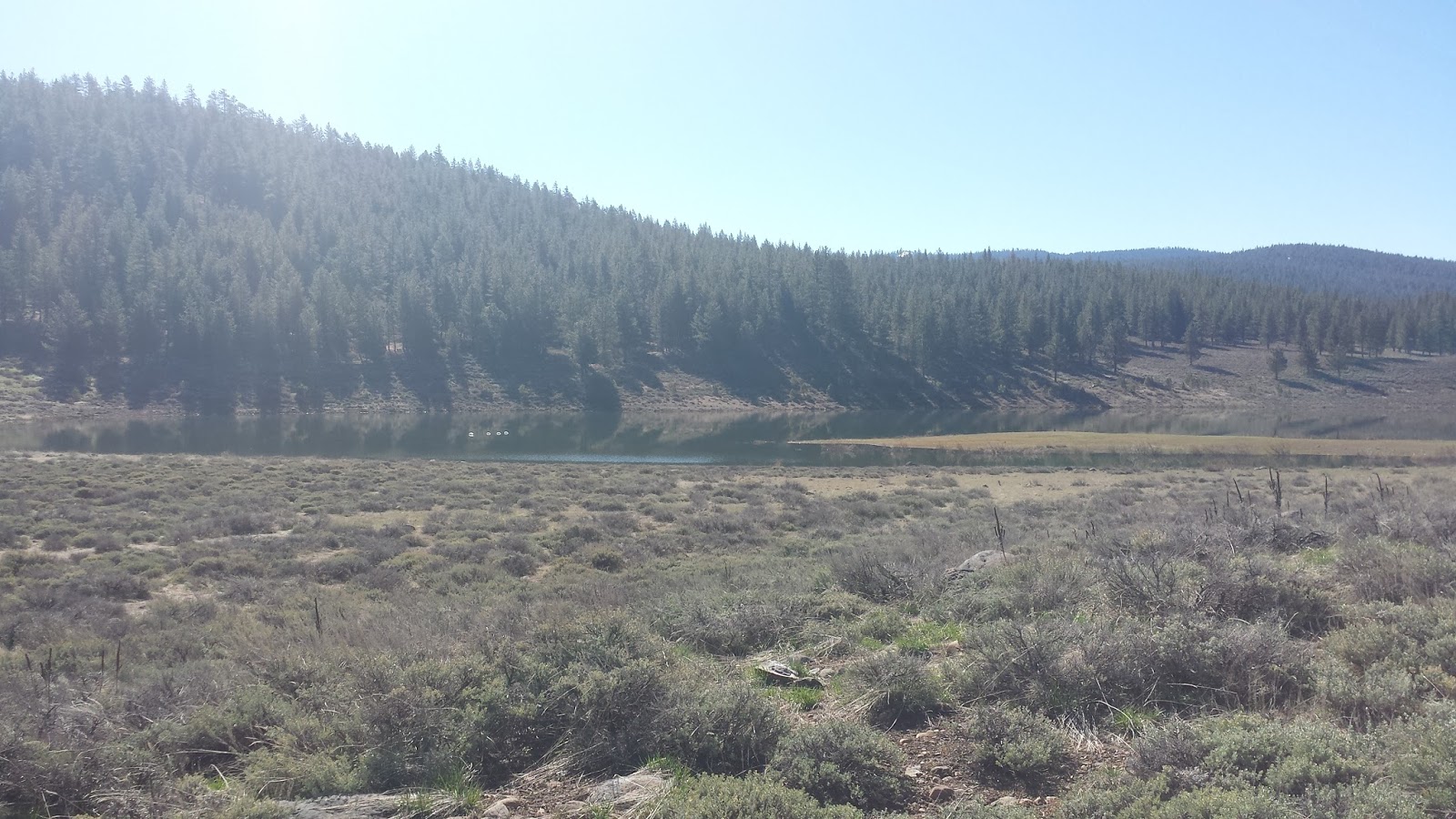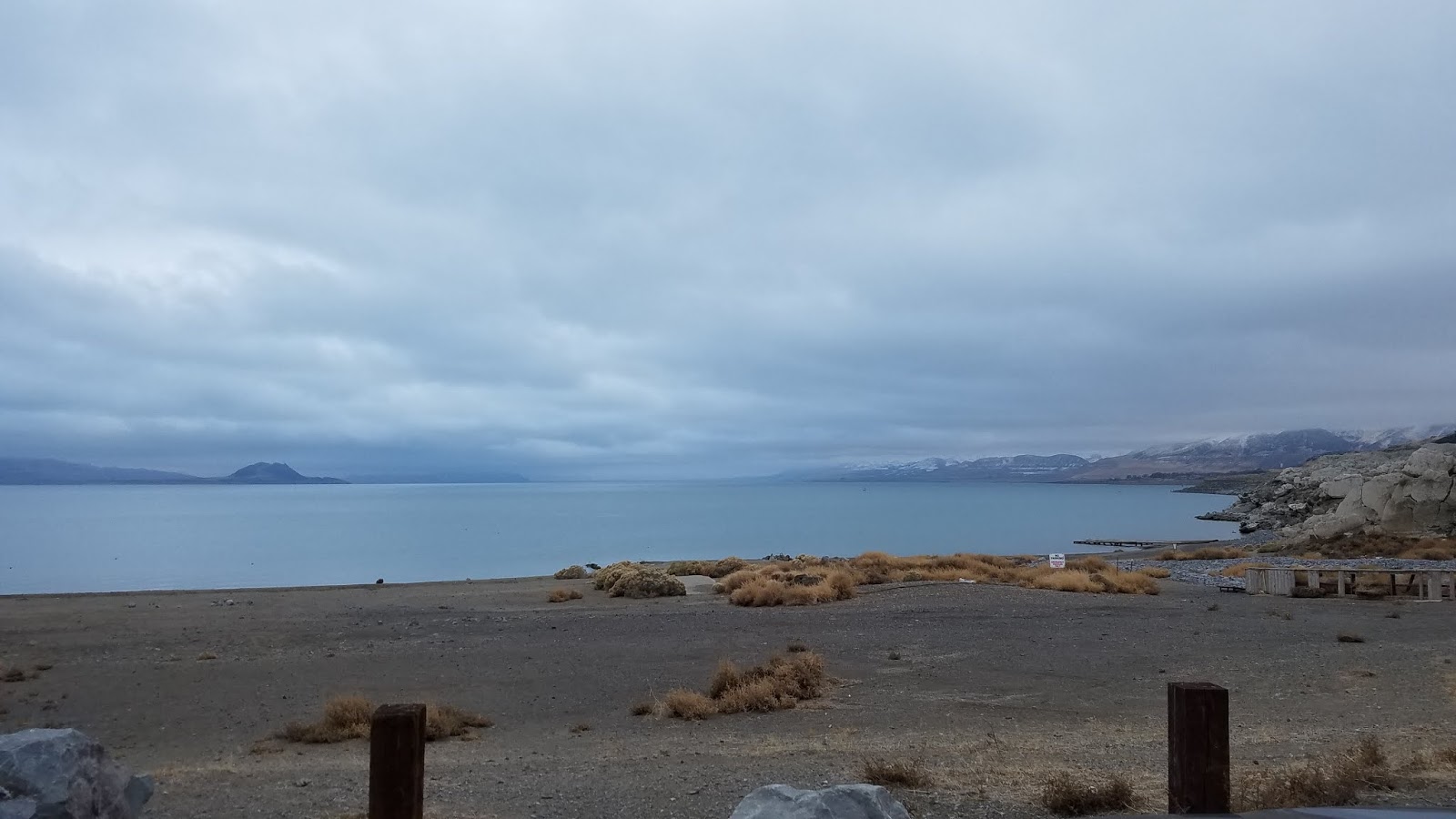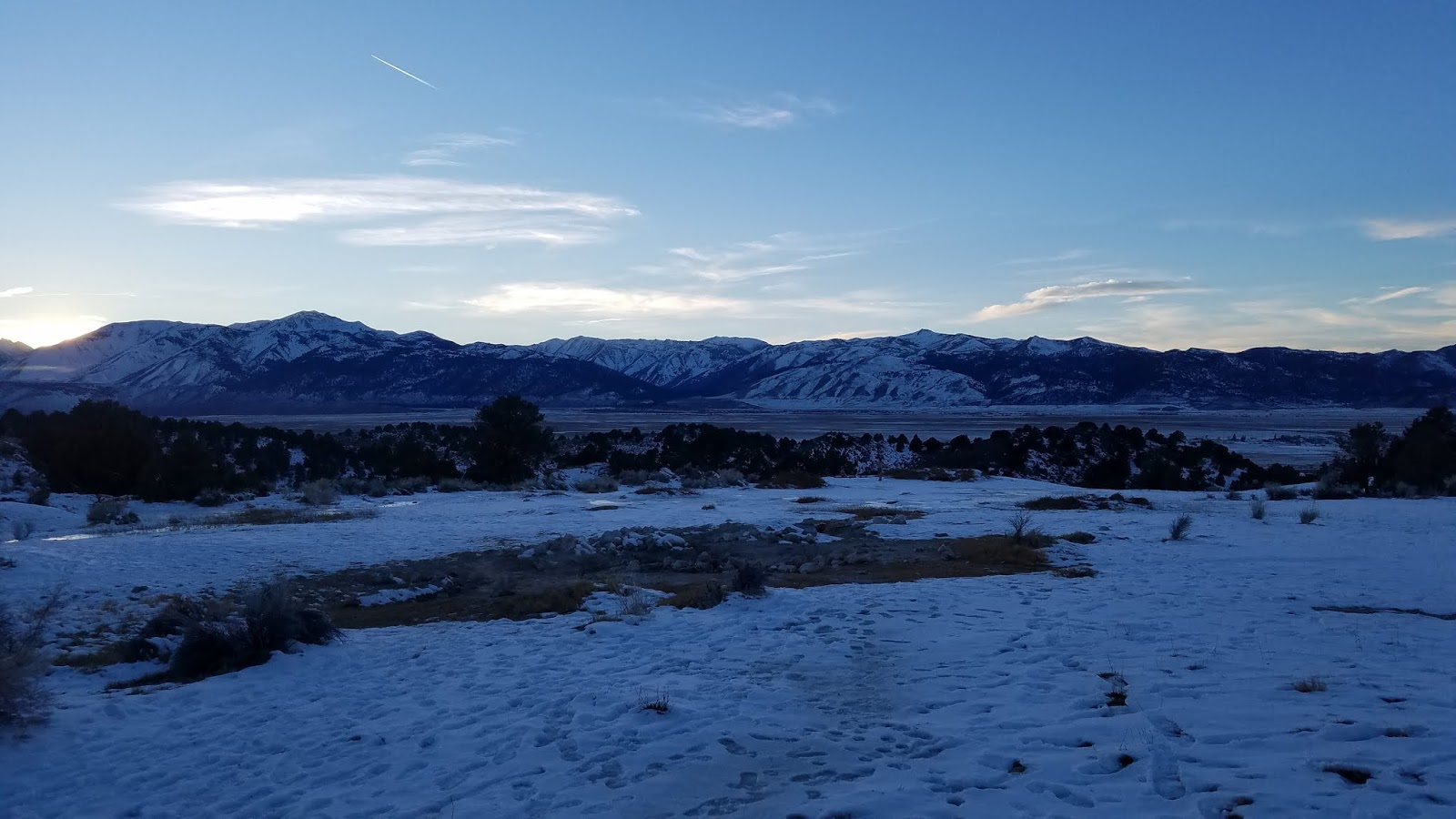
Eagle Lake sits at an elevation of 5,098ft and is the second largest natural body of water in California. The lake is a remnant of the last ice age similar to that of Pyramid Lake and Lake Tahoe. The lake is known for it’s unusually high PH balance and alkalinity which very few fish species aside from its native species can tolerate. Pine Creek is Eagle Lake’s primarily tributary and is where the native trout have historically spawned. Due to years of logging, agricultural grazing, climate change, and drought the spring-fed waters of Pine Creek no longer flow permanently leaving no viable spawning grounds for the native trout. The lake levels can fluctuate depending on the snowpack which can allow Pine Creek to flow however such events are a short-lived miracle of a dream many would love to see come true. In an effort to save the trout from extinction the trout have been artificially bred in hatcheries for the past several decades. Eagle Lake is an important body of water with historical significant and is home to the heritage trout named after it, the Eagle Lake Rainbow Trout (Oncorhynchus mykiss aquilarum).
The Eagle Lake Rainbow Trout is a subspecies of rainbow trout that are endemic to Eagle Lake. These rainbow trout are known for their fast growth rates and hardiness which makes them popular as a stocked species throughout California. The lake itself naturally produces trophy-sized fish due to the abundance of invertebrates and baitfish.
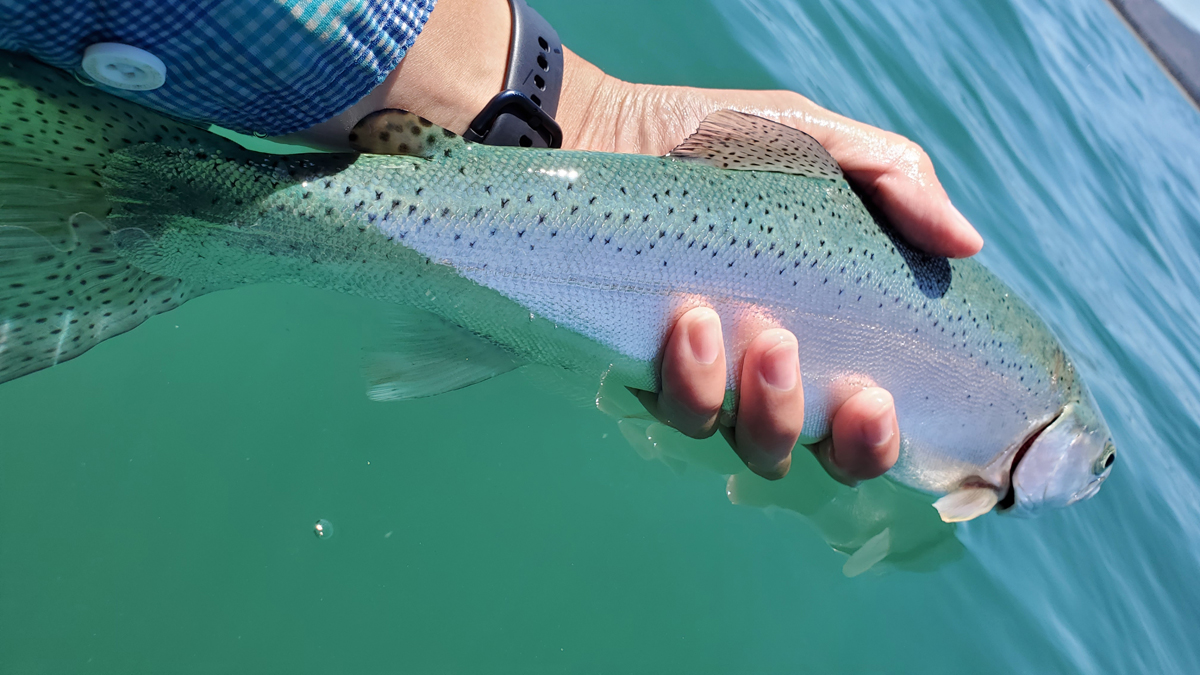
I have always wanted to fish Eagle Lake and capturing another heritage trout was an added bonus. Before heading out into the wild I did my homework and learned a great deal about the history of the lake and its past fishing patterns. Eagle Lake opens on the last Saturday preceding Memorial Day and the regulations state that you are allowed to keep two fish per day with four in possession.
The fishing on Eagle Lake is heavily dependent on water temperature. Like all rainbow trout ideal temperatures range between 60° – 65°F. Due to 2021 being a severe drought season I knew temperatures were possibly going to be a bit higher than usual especially early in the season.
Eaglelakefishing.net is a fantastic resource created by Valerie Aubrey that I referred to many times during my research. All the information on the website was interesting and helpful. I found the Eagle Lake map absolutely invaluable. The map identified the topography as well as the different types of structure around the lake such as islands, springs, and tule fields.
Lake access around Eagle Lake seemed pretty limited. Although there were roads all around the lake there weren’t many that brought you close to the lake that weren’t near civilization i.e. resorts, campgrounds etc. I ultimately chose to access the lake at Youth Camp on the eastern side of the lake off Rd 226. The road was a well-maintained gravel/dirt road and thankfully there were markers at the forks that helped tremendously from getting lost (though I have a GPS). Driving at about 20MPH I timed the trip from the HWY to Youth Camp to be around 40-50 minutes.
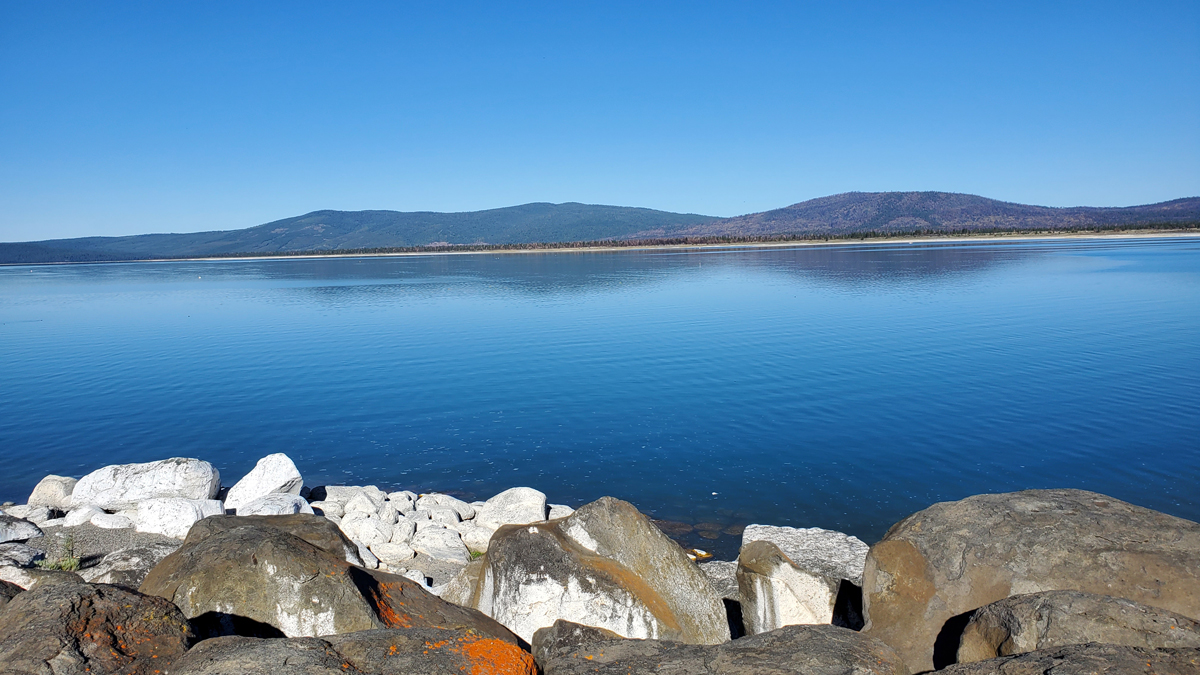
I arrived at the lake at around 9am and it was already starting to get hot. There was one other person out in the area however other than that complete silence, loneliness, and bliss. I rigged up two rods one with type 3 sinking line using a burnt orange bugger and a brown crystal bugger and the other a floating line with a olive balanced leech and midge pattern. Feeling good, I threw my float tube into the lake, dropped my transducer, and started the day.
The Youth Camp area was relatively shallow until I was about 50ft-80ft off the bank. I marked fish mostly in the 8-10ft depth and they were rising all around me throughout the day. The water surface temperature was good at around 62°F in the morning to about 65°F in the afternoon. The water was initially flat until the wind started picking up as the day went by. Flat water on lakes are usually tough times to fish however the trout didn’t seem to mind this day.
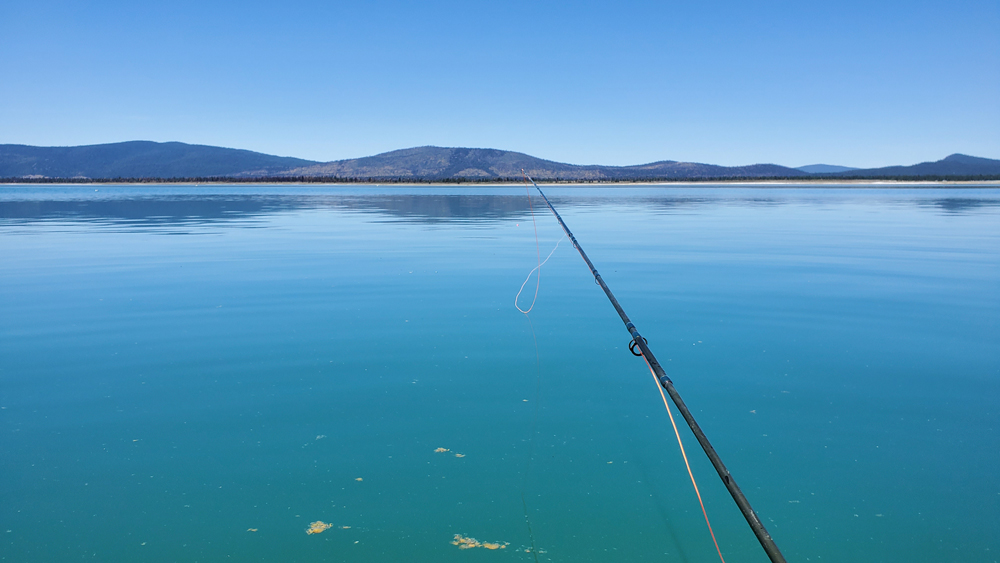
I started out trolling my sinking line for a few minutes at first however I opted for my nymphing rig after finding no success. I cast out my bobber rig at a depth of about 8ft and hooked my first Eagle Lake rainbow trout. This was one of the biggest rainbow trout I’ve hooked fishing a stillwater and I was trying to haul it in as quickly as I could. As soon as I got it close to the net the hook came loose and the fish made its escape back into the depths. I was disappointed but excited to have actually hooked something.
It wasn’t long until I hooked another fish and though a bit smaller than the first I was able to land it without any issues. The fish had taken my olive balanced leech and the many fish after that would do the same thing. I throat pumped a few of my catches and found mostly scuds. I added a scud pattern to my rig however the fish were still only on the balanced leech.
I observed the water throughout the day and saw a ton of black caddis in size 16 along with a few mayflies and midges. The fish were rising for what I suspect were the black caddis as the rise forms were splashy and sporadic.
I’ve read that Eagle Lake Rainbow Trout takes can be very subtle and without a quick hookset seconds upon seeing the bite they’ll be long gone. I enjoyed experiencing this truth in person. Throughout the day I watched my indicator go down several times and with any hesitation on my hookset I laughed as I knew the fish had won.

The fishing was fantastic this day and I hooked about a dozen fish while missing a bunch of others before calling it quits at around 2pm. The fishing itself didn’t seem too technical although it did seem like I might have just been lucky and had the right fly at the right place this trip. The biggest fish I caught was perhaps 3-4#s with an average of about 2#s. Eagle Lake Rainbows live up to their reputation as large, strong, and hard fighting fish.
Eagle Lake is a fantastic stillwater fly fishing destination that holds some of the biggest heritage trout you can chase when participating in the heritage trout challenge. It’s a shame that the Eagle Lake rainbow trout is unable to naturally spawn however I am hopeful that one day they will be able to. I had a lot of fun on Eagle Lake and look forward to making more trips in the future.



